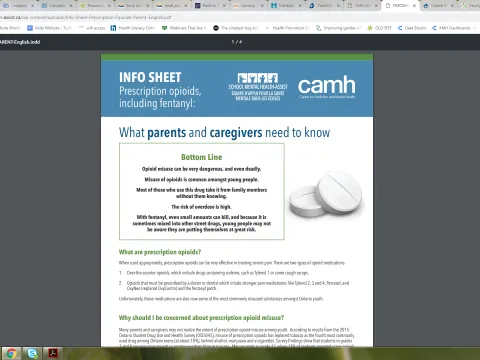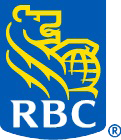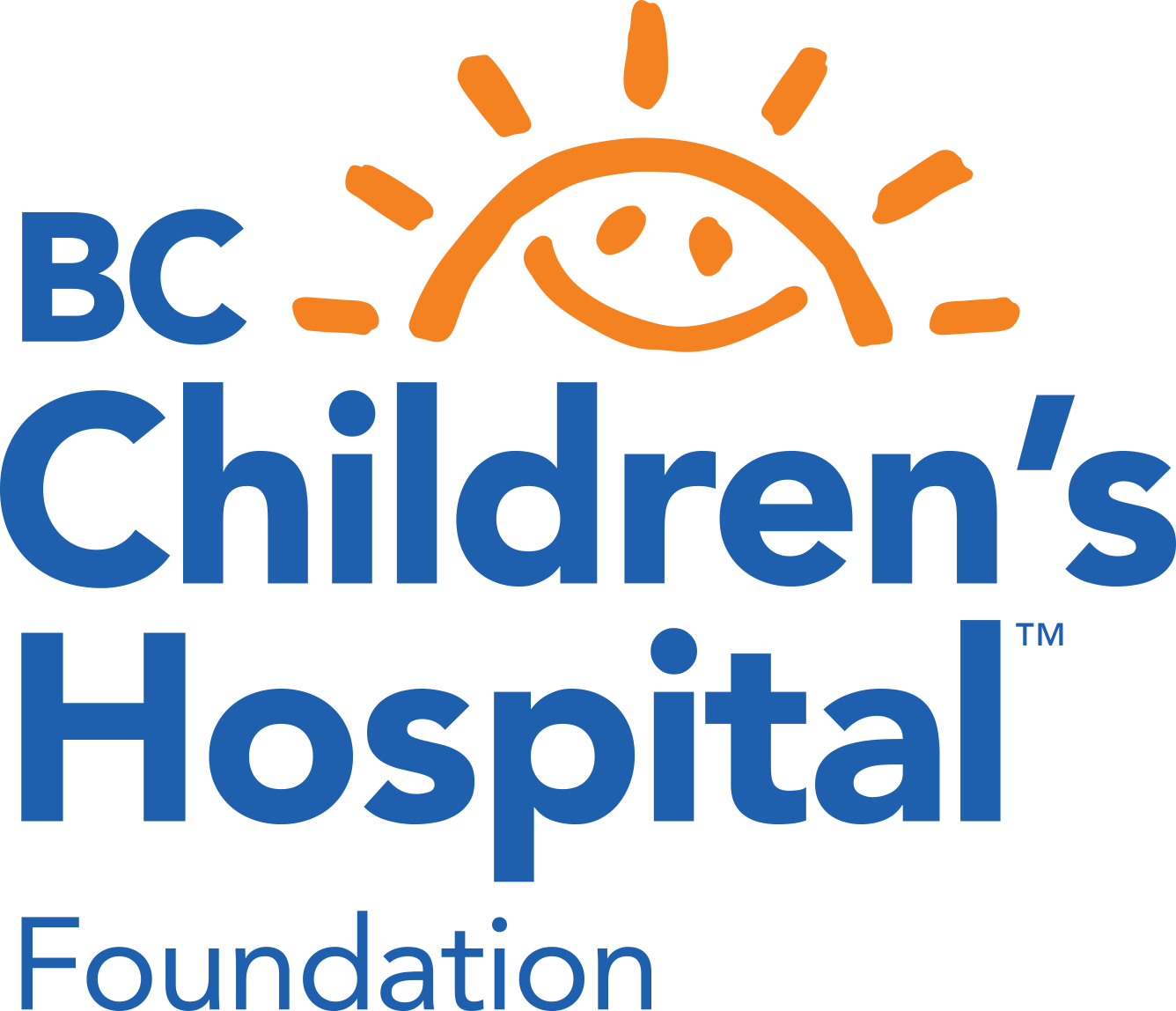What is it?
Opioids are a group of chemicals that can change a person’s mental state. This means they are mind-altering or psychoactive (si ko ak tiv). Opioids are often used to help manage pain. They can be made in a lab or found in plant form.
Opioids come in different forms. The form a person uses depends on the type of opioid and the type of pain being treated:
- tablet, pill or liquid in the mouth
- spray into nose
- skin patch
- injected into a blood vein
- injected into a muscle
- pump implanted under the skin
Like all substances, opioids can be classified as:
- legal and unregulated (For example: over-the-counter medication like Tylenol 1)
- legal but regulated (For example: prescription medication like Tylenol 3)
- illegal and unregulated (For example: heroin)
How do opioids work?
These drugs reduce pain by attaching to receptors in the brain, spinal cord, and other areas of the body. The receptors also control breathing, so if you take too much, your breathing may slow down or stop all together. This is considered an opioid overdose. You may suffer severe brain damage or death if you are not able to breathe for even a few minutes.
It is possible to use opioids safely for pain if they are manufactured safely and you take the correct dose. This is why a doctor’s prescription is required.
What are prescription opioids?
Opioids can be very effective in treating severe pain if used as the doctor prescribes. There are two types of opioid medications:
- Over-the-counter medication for pain relief that contain codeine:
- Tylenol 1
- some cough syrups
- Opioids that must be prescribed by a doctor or dentist include stronger pain medications:
- Tylenol 2, 3 and 4
- Percocet
- OxyNeo (replaced OxyContin)
- Fentanyl
When is using prescription opioids a problem?
Many parents and caregivers do not realize when a youth is misusing a prescription opioid. They also may not realize how harmful these drugs can be. Many people think opioid painkillers that are prescribed are not as dangerous as other drugs like cocaine or methamphetamine. This is not true. Opioids can have harmful effects even when they are used as prescribed. Their harmful effects can increase and put your life in danger when they are not medically supervised, or if they are combined with alcohol or other drugs.
How do I recognize the signs of a problem?
Signs of a problem with opioids or other substances may include:
- mood changes (irritable, depressed or agitated)
- lack of interest in school or other activities
- changes in energy, sleep or appetite
- change in friends
- borrowing money or having extra cash.
Around the house, watch for missing pills or unfamiliar pills. If your teen has a prescription, keep control of the bottle and be aware if they run out of pills too quickly, lose pills or request refills.
What is Fentanyl
Fentanyl is an opioid medication, like morphine or oxycodone. It is usually prescribed only for the severe pain of diseases like cancer. Fentanyl is much stronger than most other opioids—up to 100 times stronger than morphine—and is very dangerous if misused. Even a small amount can cause an overdose and death. It is manufactured under strict guidelines and should only be used under medical supervision.
Sometimes prescribed fentanyl patches are sold on the illegal drug market. Fentanyl can also be produced illegally, or smuggled into Canada from other countries. It is very risky to use fentanyl that is produced illegally because it is impossible to know what it is made of and how strong the drug is. Even very small doses, as little as the size of two grains of salt, can kill you.




